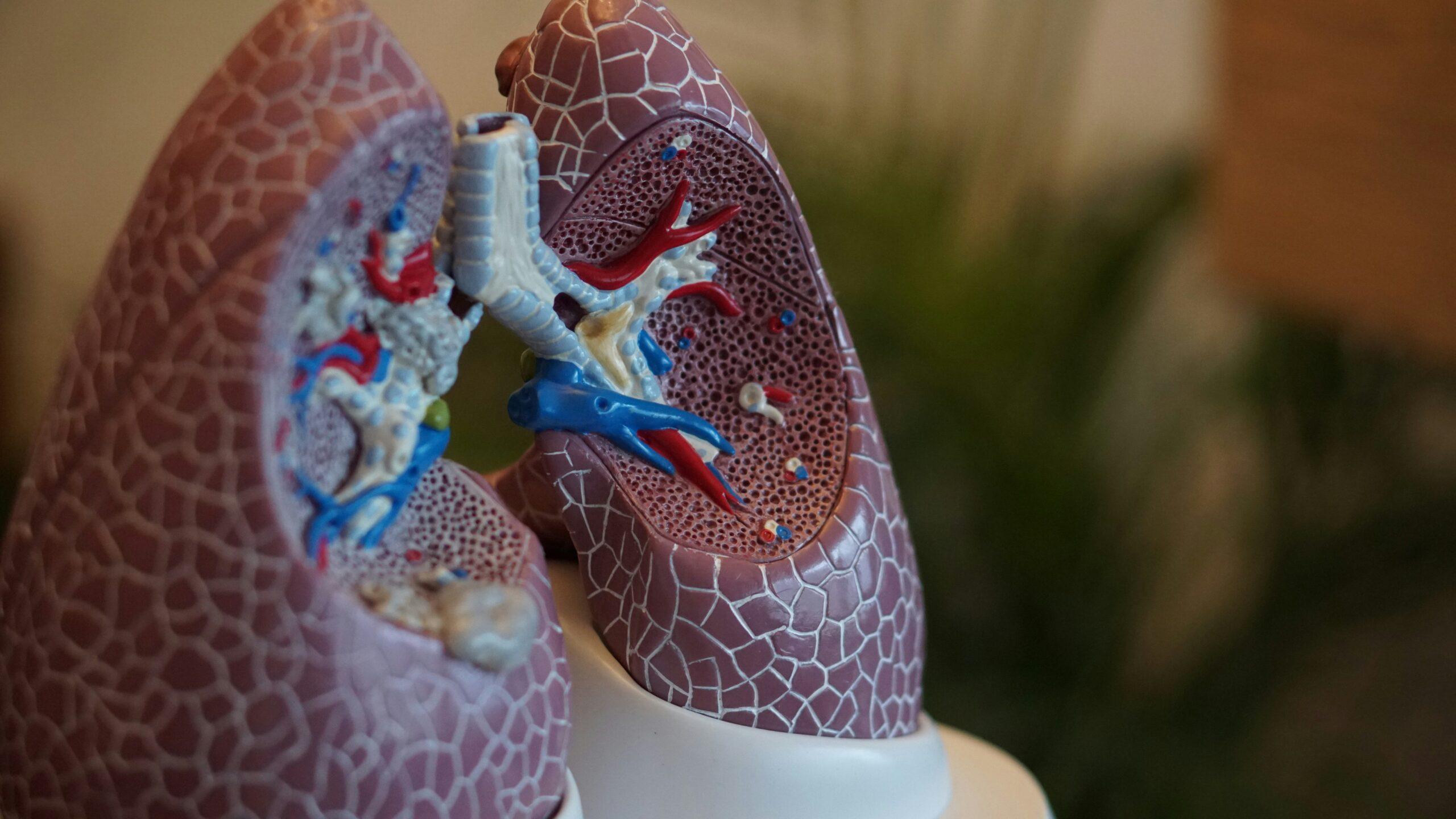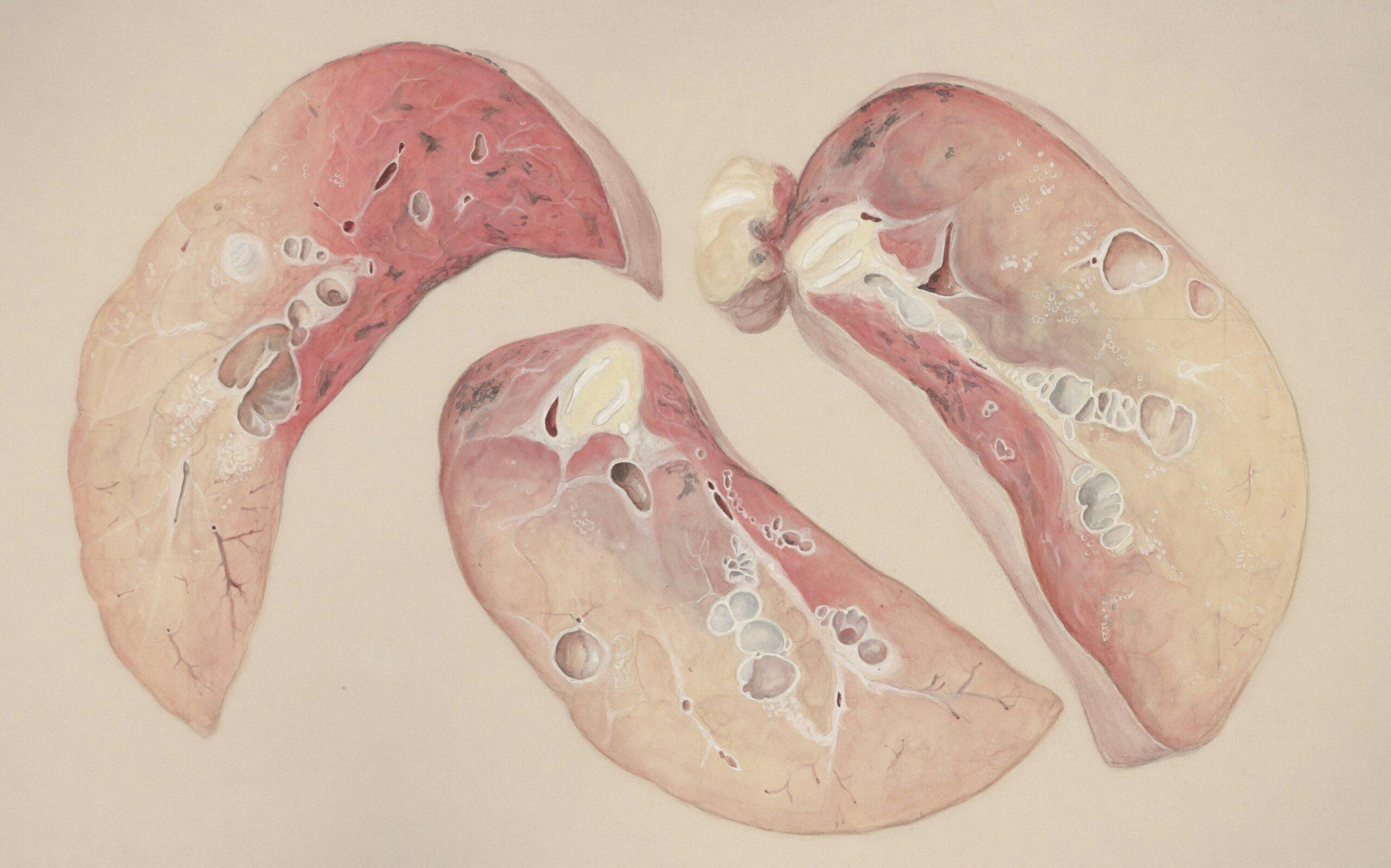“Ever felt like your lungs are working harder than your abs during a weight loss workout? Yeah, us too.”
If you’re reading this, chances are you’ve been told that breathing matters—but not in the way you think. Sure, we all breathe (hopefully), but did you know optimizing your lung airflow can turbocharge your fitness routine and even enhance weight loss efforts? In this post, we’ll explore how proper breathing techniques can unlock hidden health benefits, share actionable tips, and sprinkle in some brutally honest advice along the way. Let’s dive in.
You’ll learn:
- Why lung airflow is more important than you realize
- Actionable steps to improve airflow through breathing exercises
- Bonus tips from experts—and one terrible tip you should ignore
Table of Contents
- Key Takeaways
- Why Lung Airflow Matters More Than You Think
- Step-by-Step Guide to Improving Your Lung Airflow
- Top Tips for Better Breathing
- Real-Life Success Stories
- Frequently Asked Questions
Key Takeaways
- Optimizing lung airflow boosts energy levels and improves exercise performance.
- Diaphragmatic breathing is a game-changer for weight loss and overall well-being.
- Avoid shallow chest breathing—it’s literally sabotaging your progress!
Why Lung Airflow Matters More Than You Think
Let’s get real here. When was the last time someone said, “Breathe deeper” as part of their weight loss mantra? Probably never, right?
I once spent hours doing cardio only to find my endurance wasn’t improving. Why? Because I was gasping for air halfway through every sprint. It wasn’t until later—after consulting with an expert—that I realized my *terrible* habit of shallow breathing was holding me back. Shallow breaths don’t fully engage the diaphragm, leaving our muscles starved for oxygen. Translation? Less stamina, slower recovery, and subpar results.

A shocking stat: Research shows that up to 80% of people use inefficient breathing patterns daily. And guess what? Bad breathing habits directly affect lung airflow, which impacts everything from metabolism to stress management.
Step-by-Step Guide to Improving Your Lung Airflow
Optimist You: “I’m ready to crush it!”
Grumpy You: “Ugh, fine—but if there aren’t GIFs involved, I’m out.”
Fear not; let’s make this simple yet effective.
Step 1: Diaphragmatic Breathing Basics
Also known as belly breathing, diaphragmatic breathing uses the full capacity of your lungs. Here’s how:
- Find a quiet spot where you won’t be distracted (yes, including TikTok).
- Sit or lie down comfortably. Place one hand on your chest and the other on your abdomen.
- Inhale deeply through your nose, ensuring your stomach rises while keeping your chest still.
- Exhale slowly through pursed lips, tightening your core.
Repeat for 5 minutes daily. Sounds easy, right? Spoiler alert: It feels awkward at first, but stick with it.
Step 2: Incorporate Box Breathing
This technique helps reset both your mind and body, especially after a tough workout.
- Inhale deeply for 4 seconds.
- Hold your breath for 4 seconds.
- Exhale steadily for 4 seconds.
- Pause without breathing for another 4 seconds.
- Repeat 4-5 cycles.
Step 3: Practice Alternate Nostril Breathing
Yes, it sounds weird. Yes, it works wonders for calming nerves and enhancing focus, which indirectly supports lung airflow optimization.
- Close your right nostril with your thumb and inhale deeply through your left.
- Switch fingers, closing your left nostril, and exhale through your right.
- Continue alternating sides for 2-3 minutes.

Top Tips for Better Breathing
Now that you have a solid foundation, let’s sprinkle in some pro-level hacks:
- Create a Posture-Friendly Routine: Slouching compresses your lungs and restricts airflow. Fix your desk setup ASAP.
- Hydrate Like a Pro: Did you know dehydration thickens mucus in your airways, affecting lung airflow? Guzzle that H2O.
- Talk to a Therapist: A respiratory therapist can identify specific issues and provide tailored exercises.
- Bad Tip Alert: Don’t buy into gadgets promising instant fixes. If they’re too good to be true…they probably are.
Real-Life Success Stories
Take Sarah, a busy mom who started focusing on her breath alongside yoga practice. After three months, she reported shedding 15 pounds and feeling less anxious thanks to increased lung airflow. Or consider James, an amateur marathon runner whose race times dropped by over 10% after adopting diaphragmatic breathing techniques.

Frequently Asked Questions
What exactly is lung airflow?
Lung airflow refers to the movement of air in and out of your lungs. Optimized airflow ensures efficient oxygen exchange, powering your muscles and brain.
How long does it take to see improvements?
With consistent practice, most people notice enhanced endurance within weeks. Full-body benefits may appear in a few months.
Can poor airflow lead to weight gain?
Indirectly, yes. Poor breathing increases cortisol (stress hormone) levels, which can slow metabolism and contribute to fat storage.
Conclusion
Improving your lung airflow isn’t just about better workouts—it’s about leveling up your entire lifestyle. From boosting energy to supporting sustainable weight loss, these techniques are worth mastering. So go ahead—breathe easy knowing you’ve taken a step toward healthier living.
Stay mindful, stay active.
And remember: Life’s short. Don’t waste it with shallow breaths.
Life moves fast,
Lungs fill slow.
Focus now;
Growth flows.


